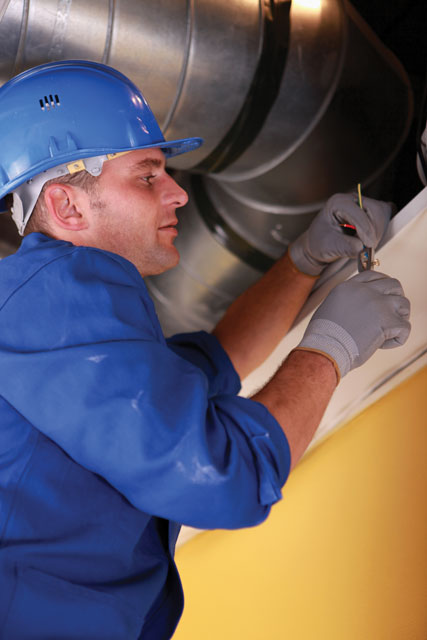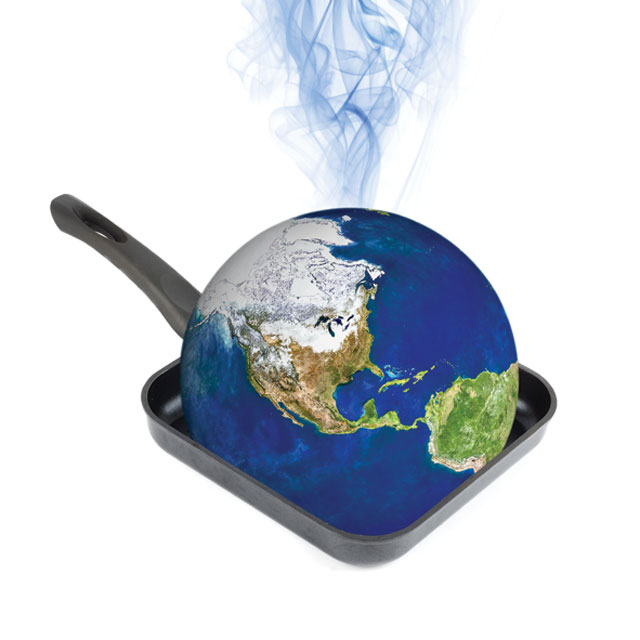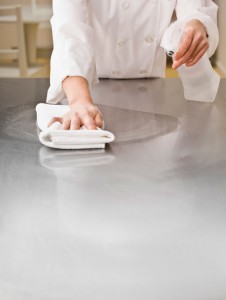
 Like us who visit a restaurant to fill our stomachs, there are also other living creatures who visit for the same reason. Most of us have encountered species that fly, scurry on 4 legs and will likely never patronise the outlet again. Pests in commercial kitchens are frowned upon, particularly in developed countries where all systems is expected to be set in place, including pest control.
Like us who visit a restaurant to fill our stomachs, there are also other living creatures who visit for the same reason. Most of us have encountered species that fly, scurry on 4 legs and will likely never patronise the outlet again. Pests in commercial kitchens are frowned upon, particularly in developed countries where all systems is expected to be set in place, including pest control.
Commercial kitchens are happy hunting ground for insects, pests, flies, roaches, ants and rats due to raw and cooked food being stored in abundance. Due to its size, kitchens today are used throughout the day and do not have the luxury for periods to shut down for cleaning. And they have also transformed from a prep kitchen to a cooking station in the same location. Most of the time, cleaning is done at the end of the day and by that time, your staff are tired and eager to close up.
The reality is, these pest will come as their survival instincts bids them to. Adding to that, there are many contributing factors of pest infestation – weather, facilities, the way the equipment is made, temperature and most importantly, staff’s attitude and practices in the kitchen. According to many experts, educating the staff on hygiene is paramount to preventing pests and general guidelines on sanitation exercise include:
[unordered_list style=”bullet”]
- Cleaning trash bins, sinks, floors and kitchen equipment at the end of service everyday and never left overnight
- Work out a time table on simple cleaning activities that can be conducted during off peak periods or conduct periodical cleaning activities for some hard to reach places
- Cultivate within your staff the habit of wiping down the work station after every preparation rather than end of the day. It helps keep the kitchen free of flies and ants and reduces the cleaning work load at the end of the day
[/unordered_list]
It is also recommended for managers to regularly conduct inspections and it is easy to identify locations where pests normally harbour – dark corners are a favourite and trails are normally left behind. These creatures also tend to favour electrical outlets, hollow tubings, wall voids, above a storage cupboard or on top of tall equipments. As these are not commonly exposed to movements, it’s ideal for some pests to hide and come out when the kitchen closes. Another area that is sometimes overlooked is incoming food supplies stored in crates or boxes that might have been infected. Storing immediately without inspection can encourage pests to linger.
Because “prevention is better than cure”, make sure that they are unable to get in right from the start. The outside areas surrounding your kitchen should be treated whenever possible. Identify if there are any particular gaps, drains or even exhaust openings that might be an entry for pests to the kitchen. Cover them with screens or make sure that they are closed at the end of the day. Due to the food factor, general pest control methods like fogging is too dangerous and many fall back on common practices such as setting up traps or glue boards. However, this might be too late as catching them in these traps would signal that they are already present in the kitchen. There are however, some eco-friendly pest control measures that can be applied:
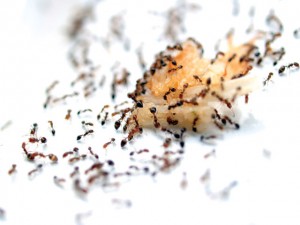
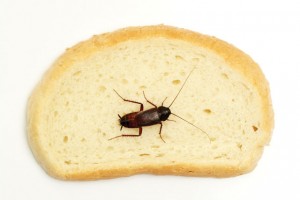
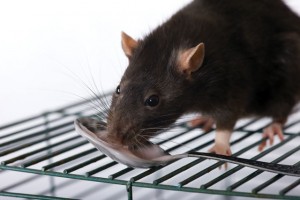
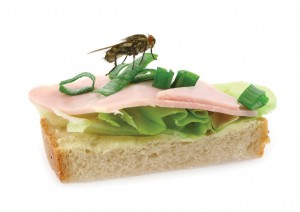 ANTS
ANTS
Prevent them with cinnamon, cayenne pepper, black pepper, vinegar, chalk, talcum powder and bay leaves. To control their entry, try to identify its origin and seal it by using soapy water to wash off the trails.
COCKROACHES
Prevent them by covering drains and openings that are damp or wet. Seal windows or spaces below the door if possible. Control them with a very light sprinkle of boric acid in crevices or gaps where cockroaches can hide. Do not overdo it as boric acid may backfire and cause harm to food.
MICE & RATS
Prevent them by constantly checking and covering gaps and holes. Along with this, make it a habit to keep bins closed all the time as well as checking sacks of dry food for holes and placing them on a high rack. To control rodents, the professionals must be called as basic methods like glue boards and traps may only catch the rat in a few days but they need to be eliminated as soon as possible to reduce risks of diseases.
FLIES
As flies are attracted to damp organic material (nearly every ingredient in the kitchen), prevention means working systematically for exposure to be as minimal as possible during service. Use foot pedal garbage cans so that wastes are covered. Controlling flies is possible with sticky paper or ultraviolet fly traps or even water bottles to drown them. But these are visible and you need to change them often as your customers might not welcome the sight.
Pests are the last thing you want in your commercial kitchen therefore eradication must be carried out immediately as soon as you spot any. A professional pest control service provider should be the one handling the work because they will know best which treatment to administer that will destroy the pests yet is safe enough for an environment that handles food.
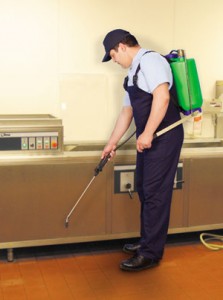 FROM THE EXPERTS…
FROM THE EXPERTS…
As generally agreed; rats, cockroaches and flies are the most common pests in commercial kitchens, these pests can survive under challenging environment due to their high adaptation ability. Commercial kitchen is conducive to these pests due to the provisions of water, shelter and food source. An Integrated Pest Management (IPM) approach combining strategies like prevention, cleaning, physical removal and chemical treatment is strongly recommended when it comes to management. A sustainable IPM program is fundamental to ensure pests are kept under control. Failure to manage pests correctly can risk ruining a reputable customer brand overnight.
Some restaurateurs may be concerned about the hazard of chemicals used in an environment that produces food but the professional who knows the job well would use baits as their top choice. Bait products are popular alternative because they are effective while minimising chemical use and disturbance to the customer. To illustrate, the new Maxforce Forte cockroach bait from Bayer has an excellent safety profile, having a low rate of active ingredient in its formulation. Unlike most other baits, Maxforce Forte works in two ways, ingestion and contact. Cockroaches no longer need to consume the bait; they simply need to contact with the bait. The low toxicity and easy application makes it safe to be used in commercial eateries.
While a pest management program is helpful, managers of an eatery ought to work hand-in-hand with the vendor to keep pests under control by conducting regular checks on their own initiatives instead of fully depending on the Pest Management Operator.
The information on this section of pest control was provided by
Bayer’s Environmental Science Division.

BAYER CO. (MALAYSIA) SDN BHD
T1-14 Jaya 33, No. 3 Jalan Semangat, Seksyen 13 46200 Petaling Jaya, Selangor, Malaysia
Tel : +60 3 6209 3121 | Web : www.bayer.com | E-mail: es.malaysia@bayer.com







